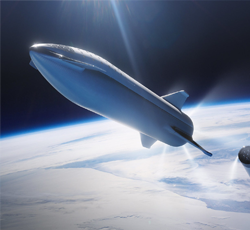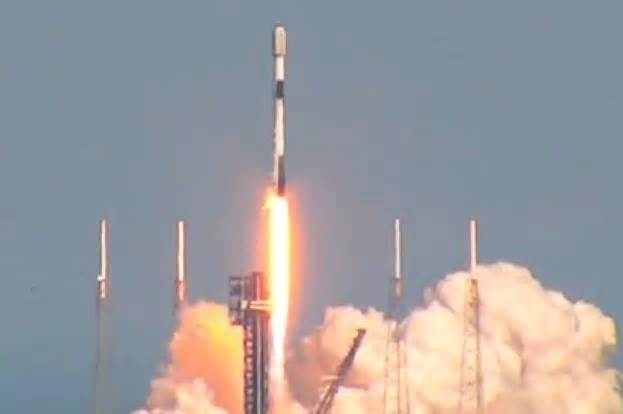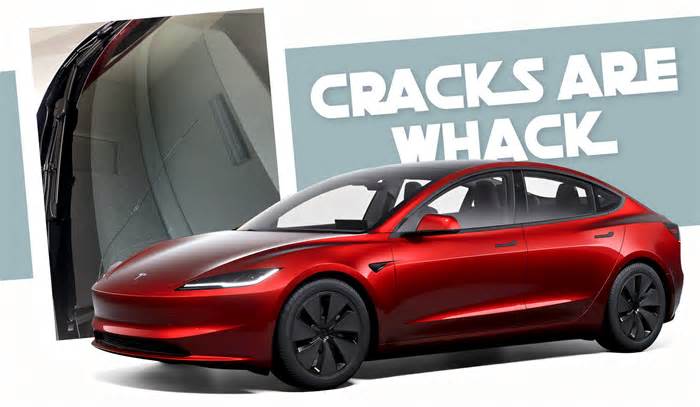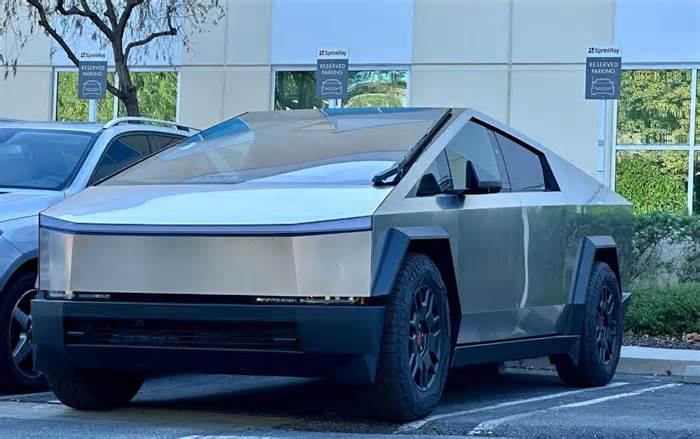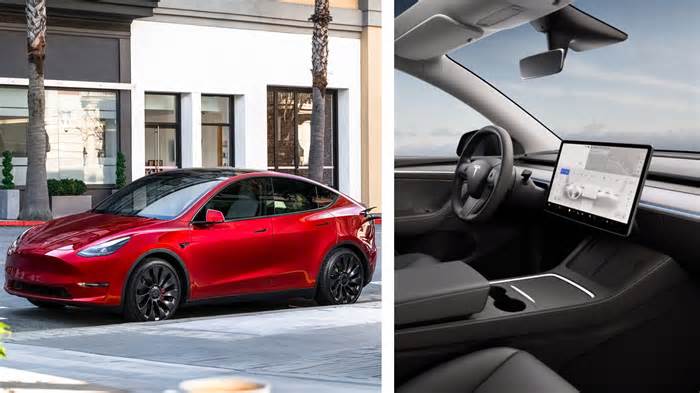
TECHNOBABBLE: Fast internet from space?
- by TwinCities.com
- Feb 07, 2025
- 0 Comments
- 0 Likes Flag 0 Of 5

February 7, 2025 at 2:28 PM CST
Earlier this month SpaceX had a very successful test launch of their new Falcon Heavy rocket. This one has three boosters: two Falcon 9 rockets strapped to a center booster that’s entirely new. The Falcon 9 is the one that you are familiar with. SpaceX has launched and landed and reused a number of them several times.
Launching and landing rockets is becoming routine at this point. Reusing rockets will drastically bring down the price of getting to orbit. In fact their new rocket design, the BFR (which officially stands for Big Falcon Rocket), is projected to bring the price per kilogram into space to under $100.
Building reusable rockets to get stuff into space isn’t the only thing that SpaceX is working on. Last week they sent up two prototype satellites to perform initial testing for Starlink, their global internet program. Starlink will eventually become a constellation of over ten thousand satellites providing fast internet access to the entire globe.
Each satellite is relatively small and designed to have a life span of less than ten years. When the satellites time is up it will perform a deorbit burn and burn up in the atmosphere. After which time it’ll be replaced by a new batch sent up. Fast internet access and satellite don’t usually go together so let’s take a look at how this is different.
Current satellite internet is provided by a handful of satellites in geosynchronous orbit (the satellite stays in the same place above the earth at all times). There are quite a few advantages to that, one being that you don’t need many satellites to service the entire globe.
But one of the disadvantages is that geosynchronous orbit is really far away. Packets are being transmitted at the speed of light but even at that speed delays are noticable. A click of your mouse has to go from your house up to the satellite, get processed by the satellite, sent back down to earth, and then off to the internet. On your regular broadband modem you start at the last step. Doing everything else first means that delays of around 500 milliseconds (half a second) occur before the website you are looking at knows that you wanted to click on a link or button. Delays like that make surfing the internet annoying and gaming on the internet impossible.
To deal with the delay problem the Starlink satellites will be much lower in earth orbit. SpaceX is aiming to have the delay between 25 and 35 milliseconds, which is about the speed or a bit faster than many of us are accustomed to right now, and much faster than the half a second that current satellite customers experience. Because the satellites are much lower in orbit they have to travel much faster to stay up in space, they’ll be orbiting the globe several times per day (the international space station orbits every 90ish minutes), SpaceX will need many more satellites to ensure that customers always have service.
A service like this will be a global gamechanger. Suddenly anyone in any rural area on the planet will have access to fast internet. The antenna will be about the size of a pizza box so you can bring it with you on road trips. It’ll bring actual competition in for internet access. We’ll have to wait until after 2020 for a system like this to come online but I can hardly wait.
Originally Published:
Please first to comment
Related Post
Stay Connected
Tweets by elonmuskTo get the latest tweets please make sure you are logged in on X on this browser.
Sponsored
Popular Post
tesla Model 3 Owner Nearly Stung With $1,700 Bill For Windshield Crack After Delivery
34 ViewsDec 28 ,2024
Middle-Aged Dentist Bought a Tesla Cybertruck, Now He Gets All the Attention He Wanted
32 ViewsNov 23 ,2024





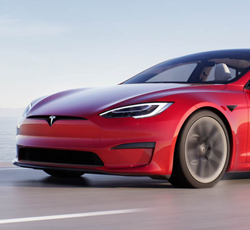
 Energy
Energy